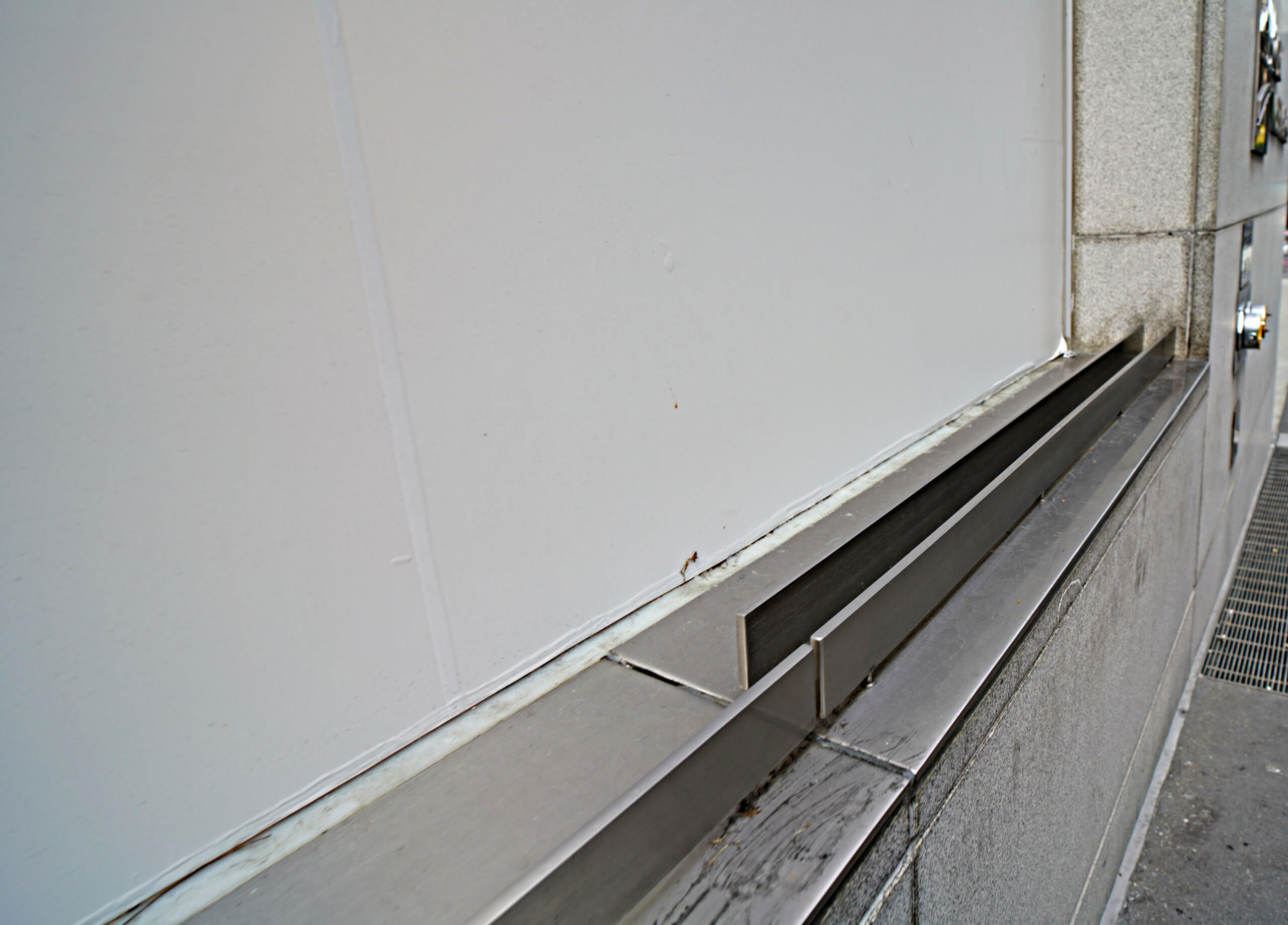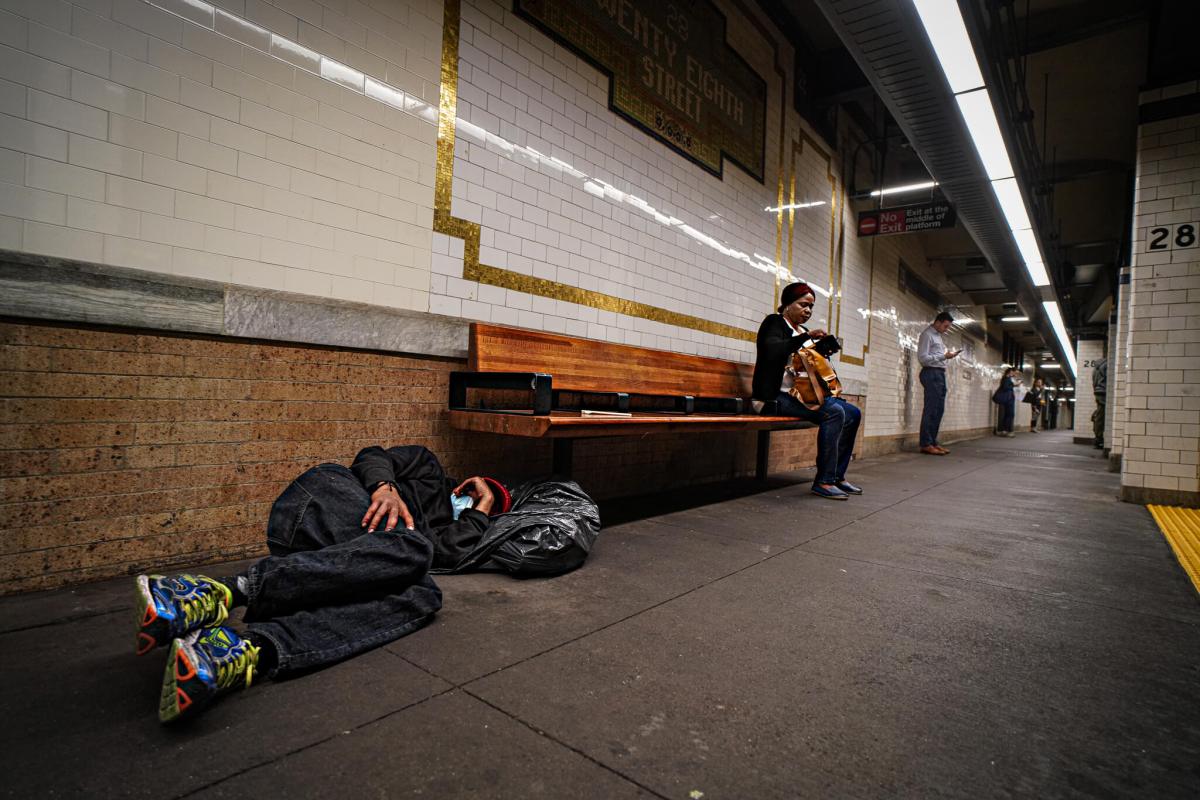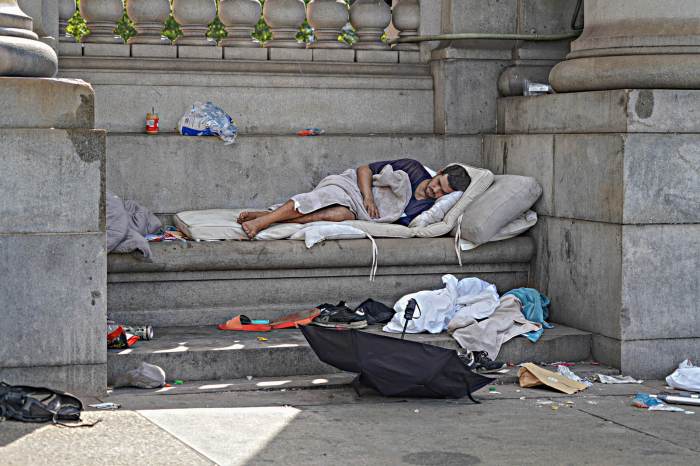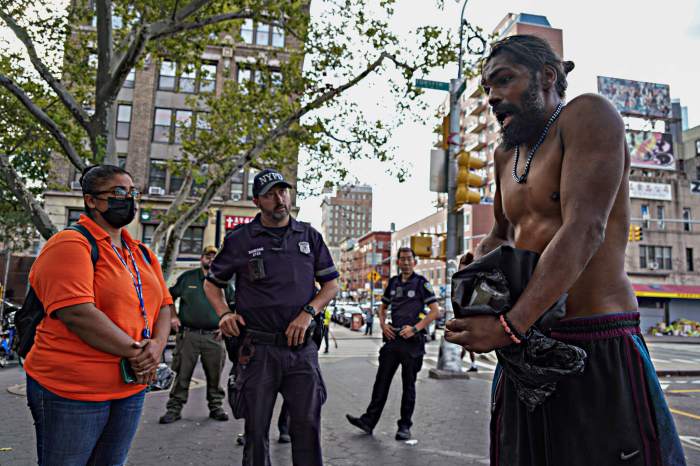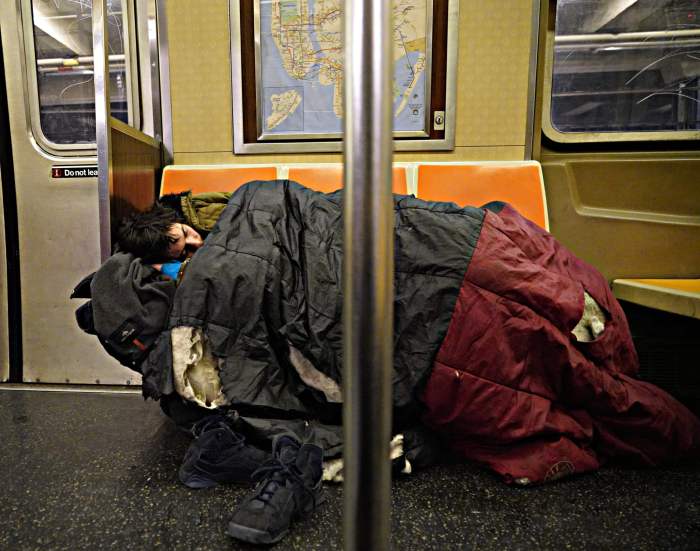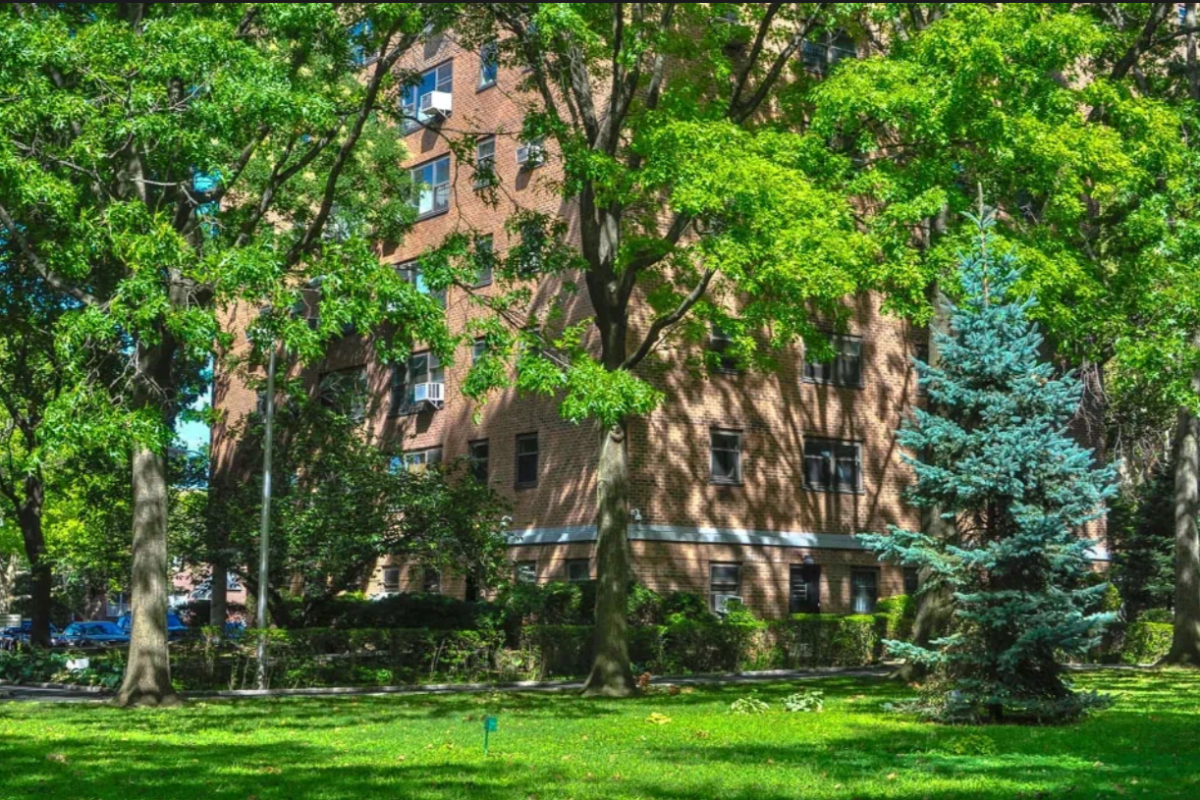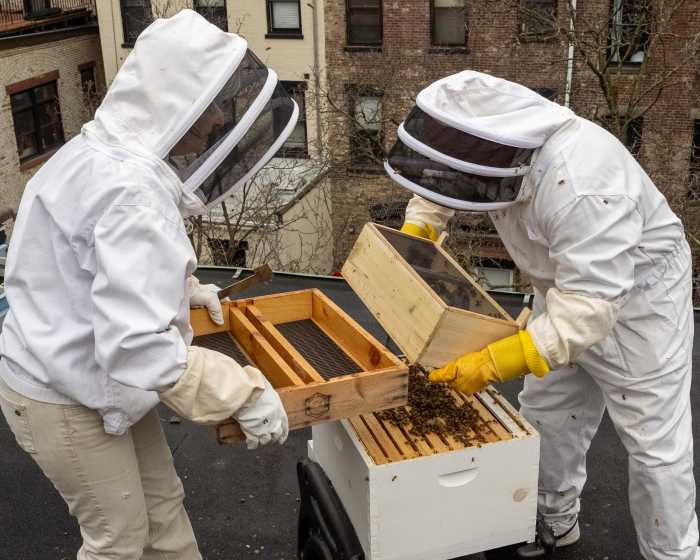New York City and its private buildings are using anti-homeless architecture more than ever in response to the rising tide of the unhoused on city streets.
The Big Apple’s unhoused population regularly face removals for erecting a tent or makeshift hut on streets and sidewalks during a time when the city’s shelter system is stretched thin not only by the high homeless tide, but also the recent arrival of migrants who require care.
In many respects, it’s now harder than ever for homeless individuals to find a comfortable place in public. Over the last several years, benches have been discreetly removed to prevent the undomiciled from laying across them — and replaced with seating arrangements intentionally designed to prevent the weary from lounging.
But often, that doesn’t prevent the homeless from remaining at a location; they often just lie down nearby elsewhere.
Yet in other areas, small steel bumps are installed along the property line of newer buildings to prevent the unhoused from doing just that.
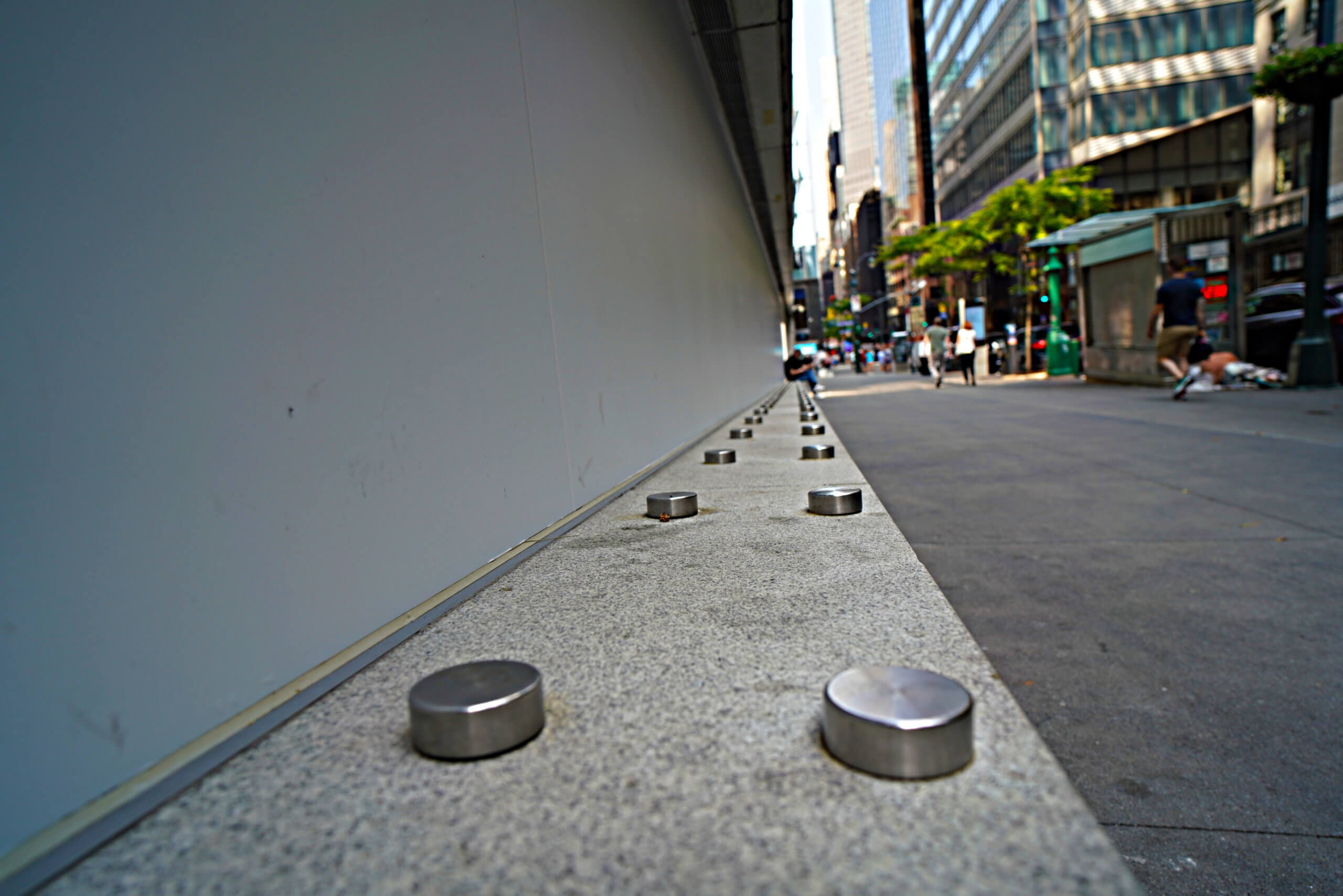
For those who work closely with individuals living with homelessness, this is a deeply worrying and dehumanizing issue. While the current mayoral Administration mostly inherited these designs and did not directly implement them, advocates believe their mere existence sets a precedent for others to follow in the private sector.
“New York City is now a place where homeless people are punished for being homeless – for surviving in public places – everyday. Successive mayoral administrations have sought to sweep homelessness out of sight,” said Craig Hughes, senior social worker for policy and client advocacy at the Safety Net Project. “But less discussed are the myriad ways architects and planners have made sitting or lying in public space virtually impossible, just to prevent the visible presence of homeless people. We have seen benches removed from subways and public spaces, spiked borders added to flat surfaces, benches intentionally designed to make lying down all but impossible. The list goes on. It’s the mark of a cruel and utterly inhumane response toward those without homes.”
Outside of display windowsills and small perches are now often decorated with ugly bumps, or sharp metal railings in order to deter people from resting where they can. Additionally, buildings undergoing facade upgrades with scaffolding utilize chain link fences to block areas where the homeless can find respite.
This has driven many of the unhoused underground to the subways, where during the late and early hours many can be found slumped out across seats within train cars to get a few hours of sleep.

For Shams DaBaron, a homeless survivor turned advocate known as “DA Homeless Hero,” retreating to the subway cars is all about attempting to find a safe space.
“You have to create your safe space, sometimes same safety in numbers. You might see a couple of people take over a car so to speak, and you know that okay, so someone’s already sleeping there, I can sleep there and lay out too,” DaBaron explained.
When reached out to for a comment, the MTA discarded this criticism, stating that seating is designed for exactly that — sitting.
“Benches are designed to provide riders a place to sit for a few minutes while waiting for trains. Period,” an MTA spokesperson said.
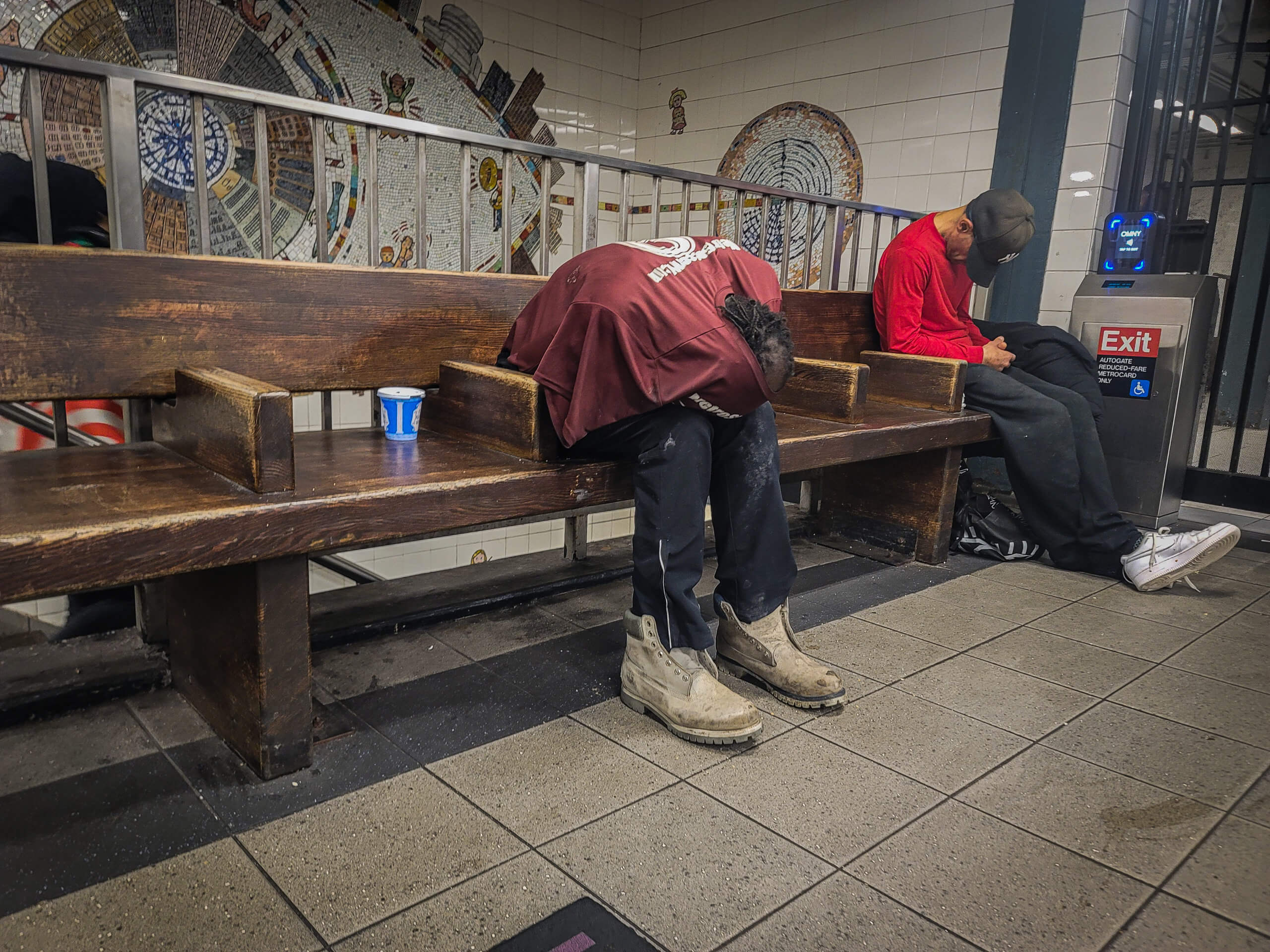
As someone who has experienced sleeping on the street himself, DaBaron knows all too well the pain of finding a somewhat safe, comfortable place to spend the night. From ridges near heating vents to struggling to find sleep on benches in Harlem, DaBaron at one time forced himself to sleep through the pain due to exhaustion.
“I had to stuff myself in the loops of benches, which is very dangerous to lay out on the bench. You feel trapped. The psychological impact of hostile architecture further establishes you as being not worthy. It sends a message that you’re not welcomed here,” DaBaron said, thinking back to those cold nights alone. “It got to the point where learning how to sleep upright became a thing.”
This is especially concerning for advocates as winter draws ever closer and more unhoused individuals will seek warmer places to rest. With options exhausted, there is very little left aside from the cold, hard ground.
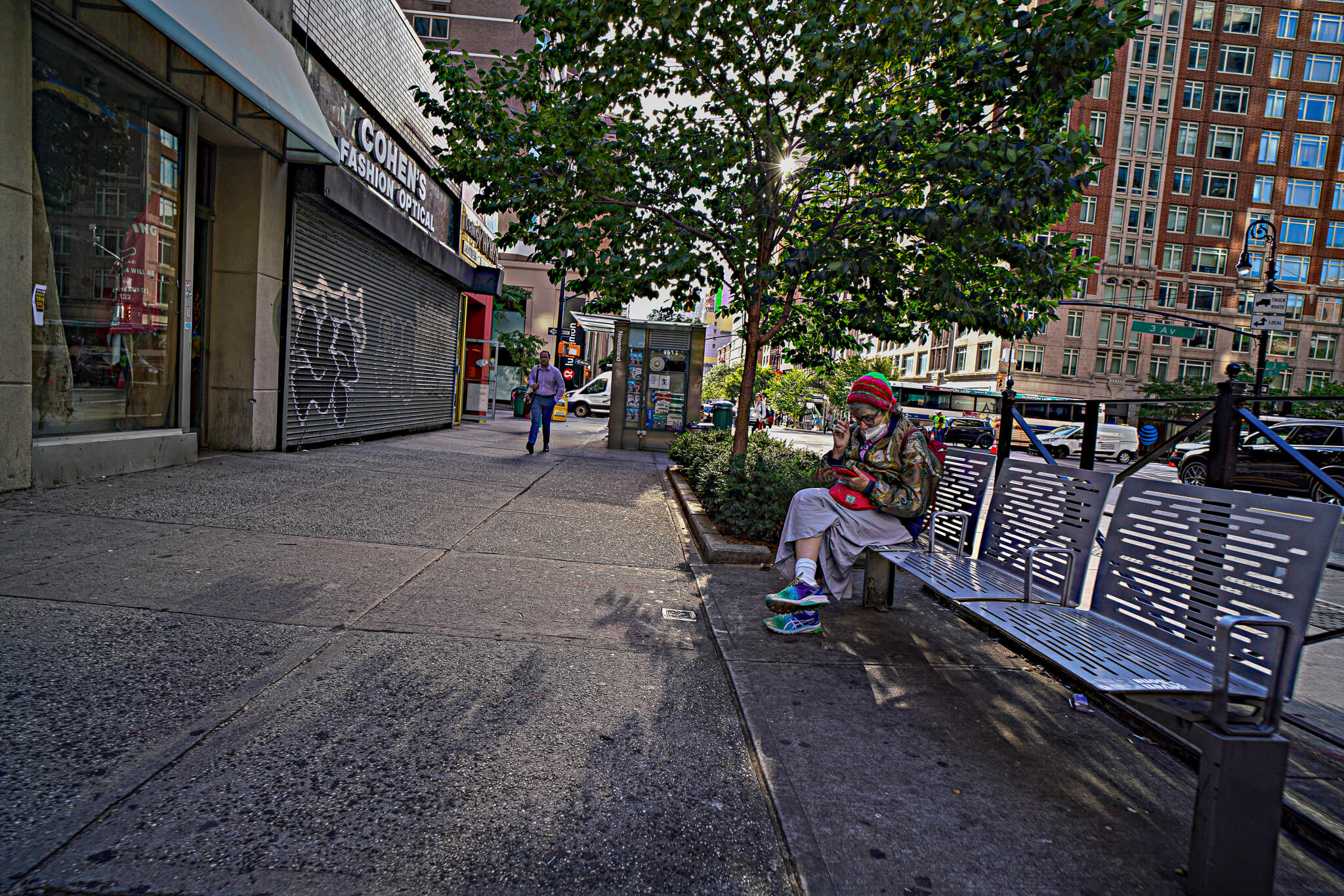
“Anti-homeless architecture is another symptom of an approach to homelessness that fails to treat homeless neighbors with dignity and respect. It starts at the top, with a mayoral administration that uses the police to toss the belongings of our unsheltered neighbors, and is perpetuated when people with wealth and influence create hostile and unwelcoming spaces,” said Bennett Reinhardt, an organizer for the Open Hearts Initiative. “When they are pushed out of public spaces like bus stops and park benches, homeless New Yorkers are often forced to move to more precarious and dangerous locations, where they are at risk of criminalization and other harm, and these moves further disconnect them from outreach workers and other social services.”
“Trying to keep homeless New Yorkers out of public spaces is wrong, it makes no one safer, and it does nothing to address the problems that lead to unsheltered homelessness in the first place. As neighbors and as a City, we should be invested in building an environment where all are welcomed, regardless of housing status, and be more interested in ending homelessness than in pushing it out of sight,” Reinhardt added.
The mayor’s office declined to comment on this story, believing the issue falls mostly under the purview of private buildings.
